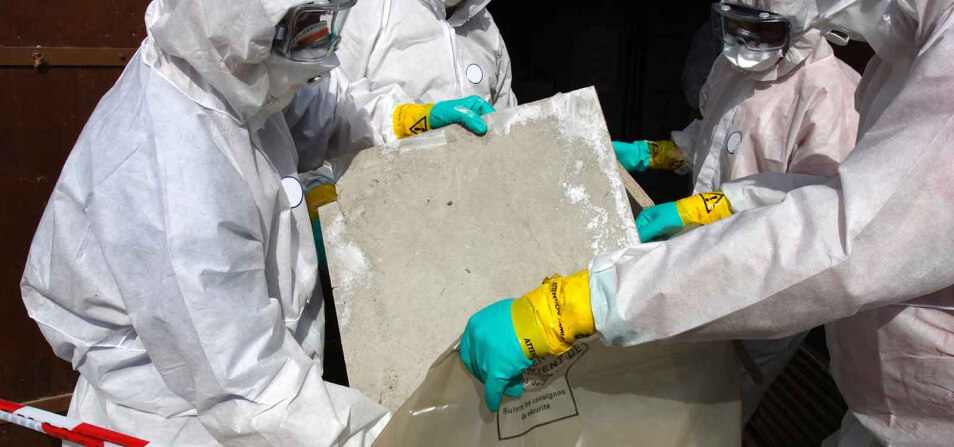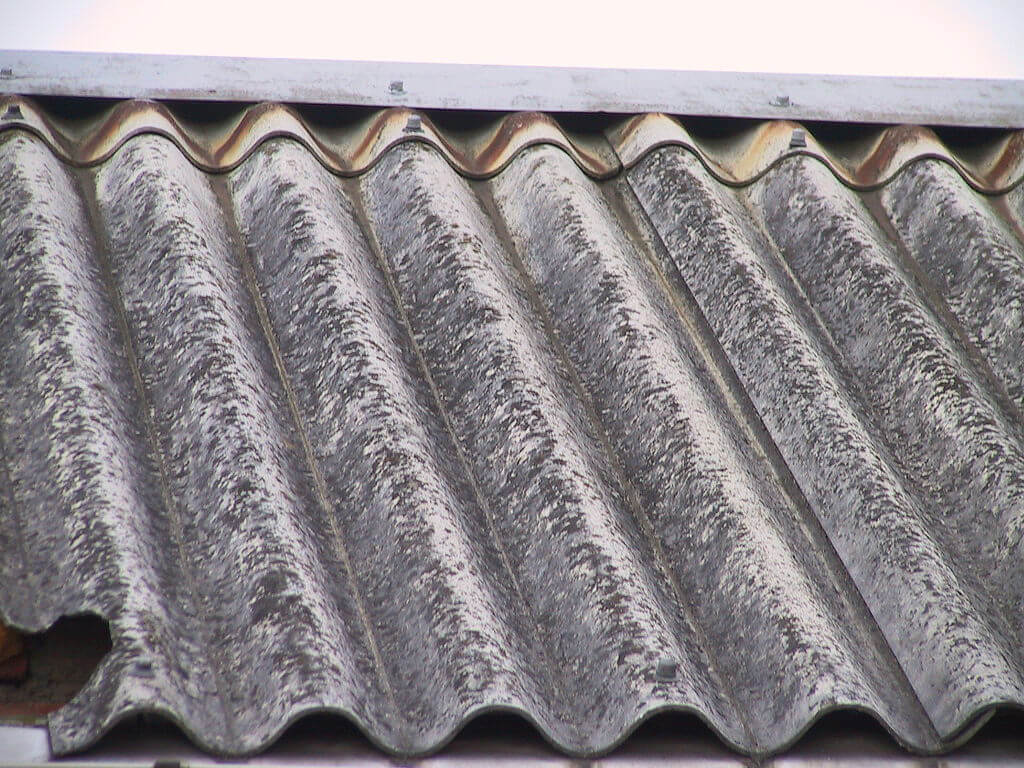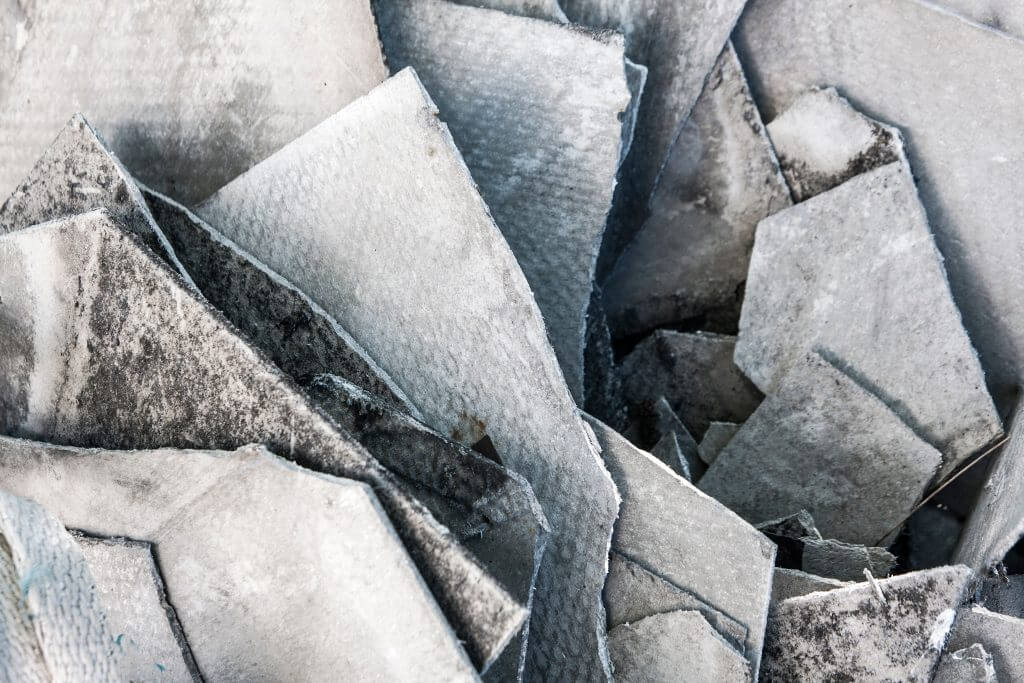
Renovating a Commercial Property with Asbestos in Perth
Renovating a commercial or non-residential property can be a great return on your investment. Renovation projects can give you the opportunity to restructure your workspace in a way that will increase the efficiency of your business operations and maybe even improve your company perception. However, if you’re renovating a building in Perth that was built even as late as 2003, you must consider the potential safety hazards that may be contained within your building materials.
During the 1900s, Australia was one of the highest users of asbestos per capita in the world. At the time, asbestos was an extremely popular building material due to its versatility, strength, flexibility, and affordability. It was not until the 1980s that the catastrophic health risks of asbestos fibres were discovered, and although phasing out of this material began immediately, it was not completely banned in Australia until late 2003.
The health risks associated with asbestos exposure are significant and often fatal. Unfortunately, no matter how quickly you act, you cannot get rid of asbestos from the body, and many of the diseases that develop following asbestos exposure won’t be evident until much later on in life. Malignant mesothelioma, a painful and deadly cancer that forms as a direct result of inhaling asbestos fibres, is one of many diseases that can appear decades after exposure to asbestos.
This is why it is crucial that you think about asbestos when renovating.
In this article, we will be answering some frequently asked questions about commercial and non-residential asbestos renovation, and helping you understand when it’s necessary to contact your local licensed asbestos removal experts to safely remove the asbestos.
How Does Renovating Expose Asbestos?
Asbestos fibres are released into the air when asbestos-containing materials are handled by someone who is inexperienced or has poor safety procedures. Asbestos fibres are anywhere from 50 to 200 times thinner than human hair, which makes them practically invisible to the naked eye and easily breathed in.
There are two types of asbestos-containing materials that will release asbestos fibres into the air under different circumstances: bonded asbestos and friable asbestos.
Bonded Asbestos in Commercial Renovation

Bonded asbestos, also known as non-friable asbestos, usually only has an asbestos content of 15% or less, with asbestos fibres mixed in with a bonding agent (such as cement). Bonded asbestos will not normally release asbestos fibres unless it has experienced significant deterioration over time. However, when it is damaged or disturbed, such as during the process of renovation, this frees asbestos fibres from the bonding material and allows them to be released into the air.
If the property you are renovating was built prior to 2003, do not use power tools to drill, cut, sand, or remove materials that may contain asbestos, and never use a high-pressure cleaner to clean asbestos cement roofing or cladding, as this will release asbestos fibres. It is your responsibility to look out for the health and well-being of your employees and customers.
Do contact Focus Demolition for an assessment of your building materials when undertaking commercial renovation on a building that may contain asbestos. We specialise in safe and reliable and asbestos removal services in Perth.
Friable Asbestos in Commercial Renovation
When bonded asbestos is damaged by fire, it may become friable asbestos. This is a type of asbestos that is loosely bound and can be crumbled or reduced to powder by hand. It is especially dangerous, as asbestos fibres can easily be released into the air. If the property you are renovating has been affected by fire, it is imperative that you contact your local licensed asbestos removalist for advice.
Where is Asbestos Found in a Commercial Property?
Due to the popularity of asbestos in the 1900s, there may be asbestos in many different parts of your property. These are just some of the common places you might find asbestos in your commercial property.
1. Asbestos Cement Roof

The most common form of asbestos roofing was a corrugated fibre product called ‘Super Six”, which was once popular due to the weathered appearance it would develop over time.
You should always get a licensed asbestos removal expert to take care of your asbestos roof removal. Asbestos roofing is particularly dangerous, as it contains a higher portion of asbestos than other types of fibro.
Focus Demolition has a whole licensed team specifically dedicated to safe asbestos roof removal.
Contact us today to learn more about this service.
2. Walls and Ceilings
Flat sheet fibro was a commonly used asbestos cement sheeting for quick and cheap construction. Often these types of sheeting would have been nailed to a wooden frame and may have been painted over.
3. Flooring: Linoleum and Tiles
The backing of linoleum flooring in older properties may be backed with white asbestos, which has a higher asbestos fibre content than asbestos cement products and can be more loosely bound, making it more dangerous.
4. Kitchen and Bathroom Amenities
Asbestos-containing materials are especially likely to be found in kitchen and bathroom areas, so if you have these facilities as part of your property and they will be affected by your renovations, we highly recommend you speak to a licensed asbestos removal expert.
Other notable places you should check for asbestos before renovating your commercial property include cement pipes, flue pipes, boilers, rope and cloth, and even corrugated sheeting.
If you believe you might have an asbestos problem, contact our team today.
How Will I Recognise if it’s Asbestos?

While some materials may contain obvious signs of asbestos, such as the characteristic fibrous texture and appearance, it’s not always possible to determine whether a material contains asbestos simply by looking at it.
The only way to be sure whether your home has asbestos is to have the suspect material tested at an accredited laboratory. Qualified professionals conduct a thorough examination of the material using specialised microscopic procedures to determine conclusively whether it contains asbestos.
This is why if you know or suspect that a material was installed before 1990, the safest thing to do is assume that it does contain asbestos and take necessary precautions.
Do I Need an Expert for Commercial Asbestos Removal?
Under Western Australian law, you have a responsibility to make sure that you are not releasing asbestos fibres into the air while demolishing or renovating a property. To minimise health risks to your employees and clients, asbestos and asbestos-containing materials must only be removed by licensed asbestos removal professionals.
It’s important to note that generic facemasks are also not adequate for working around asbestos-affected areas.
Focus Demolition has a proven track record for commercial asbestos removal and handling asbestos in demolition, with a range of large and technically challenging projects across Perth and Western Australia. This is why as soon as asbestos is identified on your commercial property, you should immediately contact us for expert advice.
